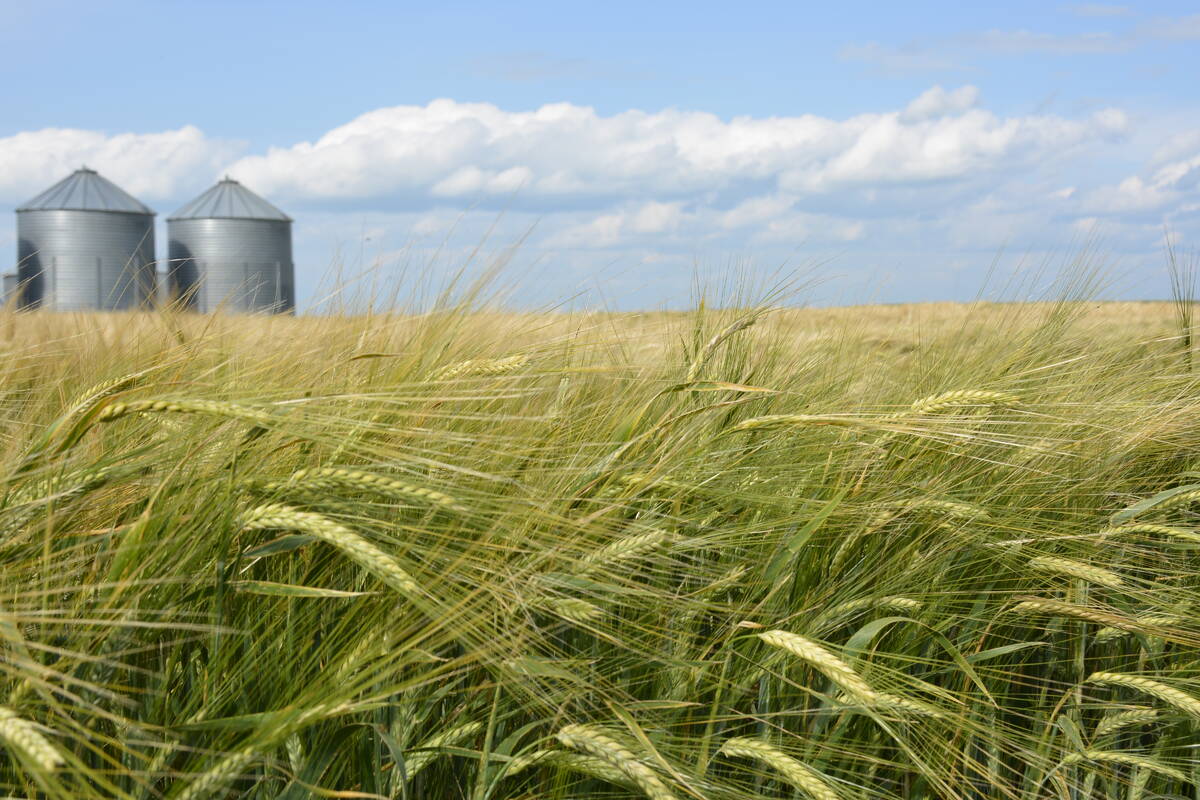Agriculture markets that were driven by grain in the first half of the year will follow the lead of oilseeds in the second half, says a bank analyst.
Sterling Liddell, vice-president of food and agribusiness research and advisory for Rabobank International, the world’s largest agricultural lender, said expanding demand and shrinking supply will help soybeans jump out of the $13 to $14 per bushel range they’ve been trading in, dragging canola along for the ride.
“We’re expecting grains to be softer in the second half than they have been in the first and oilseeds to reemerge and potentially in the U.S. break that $14 per bushel range,” he told delegates attending the Canola Council of Canada’s 2011 annual meeting.
Read Also

StatCan stands by its model-based crop forecast
Statistics Canada’s model-based production estimates are under scrutiny, but agency says it is confident in the results.
Liddell said there are signs that the U.S. soybean crop, which was seeded even later than the U.S. corn crop, is in trouble.
“The fear is that soybeans didn’t develop their roots well enough because of the wet conditions and they may be stunted more than corn,” he said.
“Most of the feedback that I get is that the bean crop does not look very good. It’s late, it’s yellow, it’s uneven in a lot of parts of the United States, so there is some concern.”
Soybean supply is expected to tighten when that unfavourable U.S. production outlook is combined with cutbacks in soybean seeding in China, India and Argentina in favour of corn and cotton.
Oil supplies are paltry as well. Rabobank expects the global vegetable oil stocks-to-use ratio will fall to its lowest level in 40 years in 2011-12.
Liddell said all eyes are on China for the demand picture, a market that accounts for 60 percent of world soybean trade.
“There is plenty of evidence out there that China is going to continue to increase its demand,” he said.
Exhibit 1 is the $15 billion the Chinese government invested in Brazil’s agriculture infrastructure and processing sector in 2010 and the $3 to $4 billion of new agribusiness investment announced in Argentina.
Those investments were made to ensure that China gets its hands on a large amount of South American soybean production.
Exhibit 2 is that China has been forward buying soybeans at a record pace and there is no sign of any letup. Sales of U.S. soybeans to China are well above the 10-year average.
Exhibit 3 is that soybean crushing margins in China have become positive for the first time in 2011 due to a 20 percent increase in the price of pork, which is stimulating demand for soybean meal at hog barns.
“That would indicate the need for more soybeans and more meal going into China this year,” said Liddell.
Oil World estimates China will import 5.2 to 5.3 million tonnes of soybeans in July, up from 4.95 million tonnes a year ago.
The firm expects imports of soybeans, palm oil and soy oil to increase from a year earlier during the second half of 2011.
Liddell said soybean prices will need to rise in the second half of the year to reflect strong Chinese demand and faltering supply.
“At some point we will have to see a price signal going to the South Americans that it’s time to plant soybeans,” he said.
Liddell said there is also “literally a mountain” of speculator money available to invest in agriculture now, money that pulled out of markets in March to service losses in other investments caused by turmoil in the Middle East.
Markets have yet to establish the new long-term median average around which grain and oilseed prices will trade in the post-biofuel environment. Rabobank’s best guess is $4 per bu. for corn and $8 to $9 per bu. for soybeans.

















